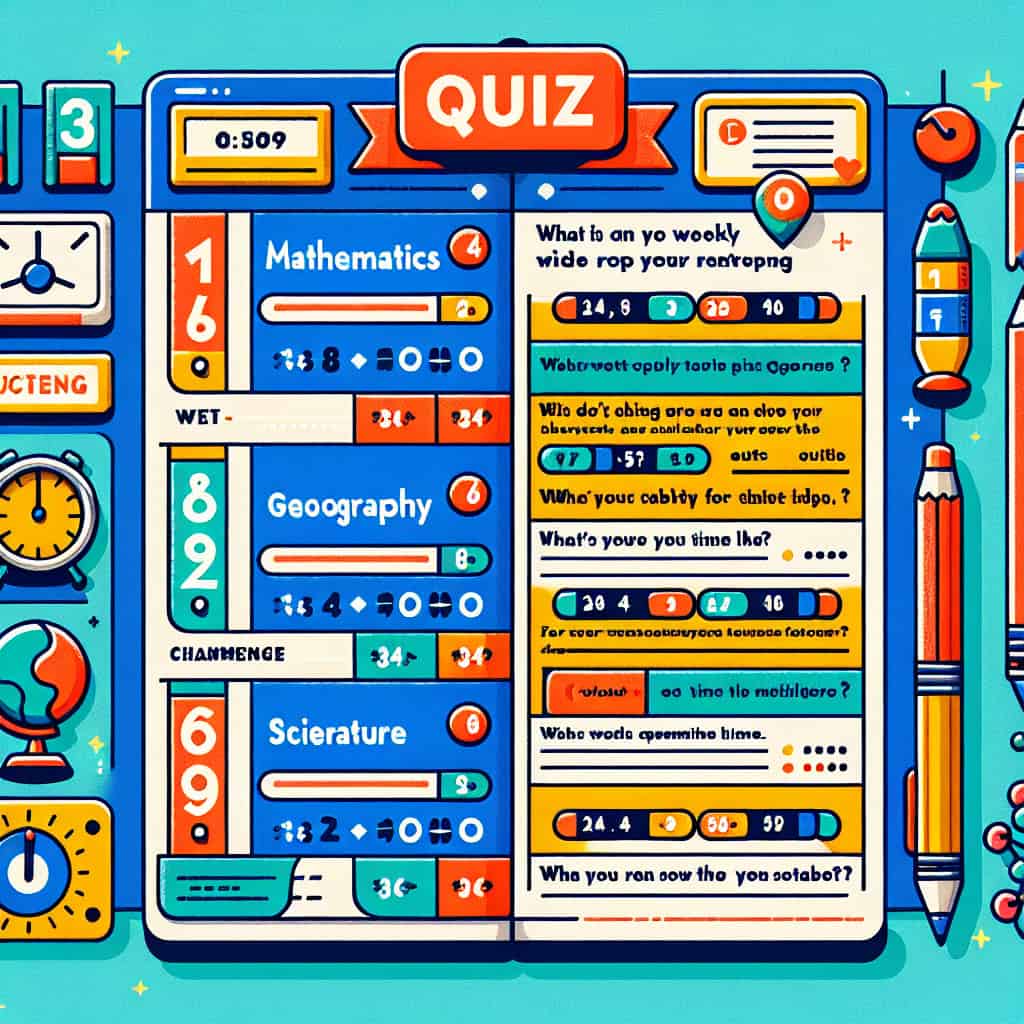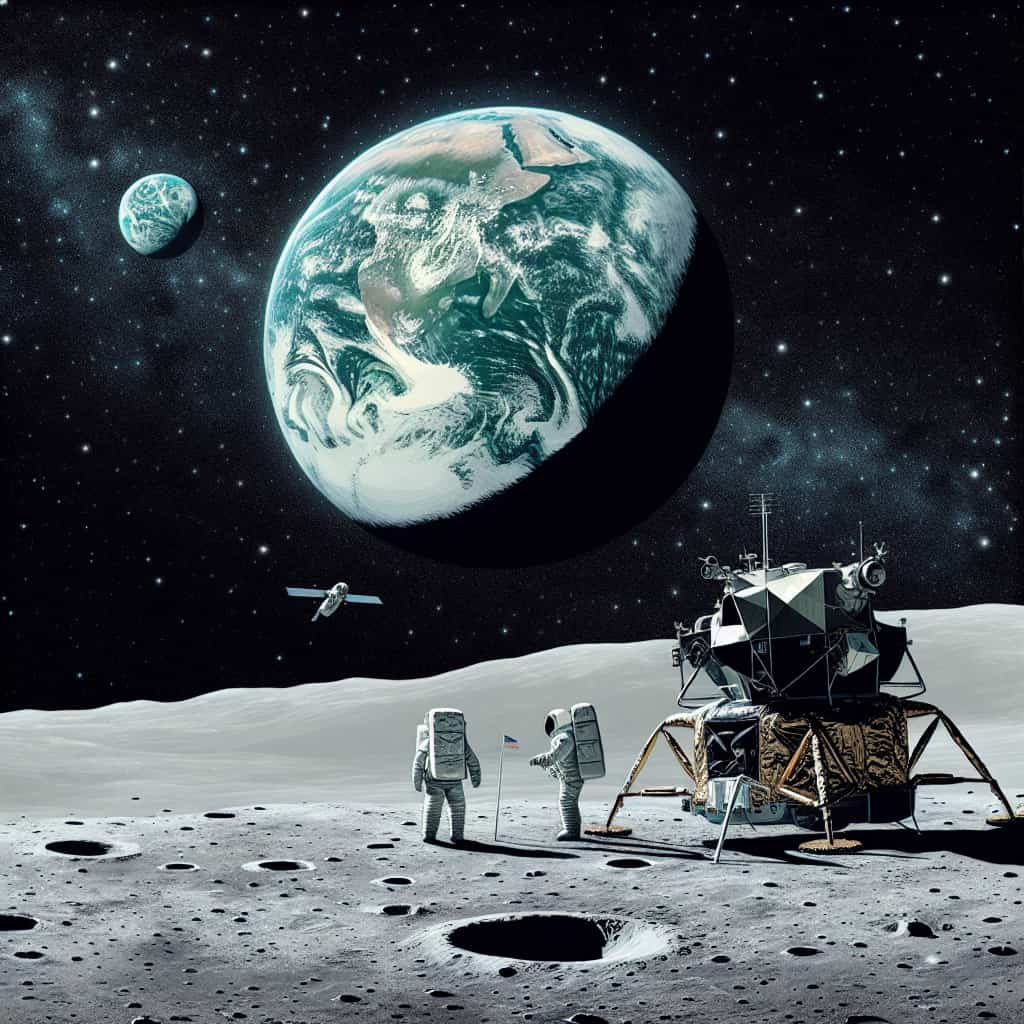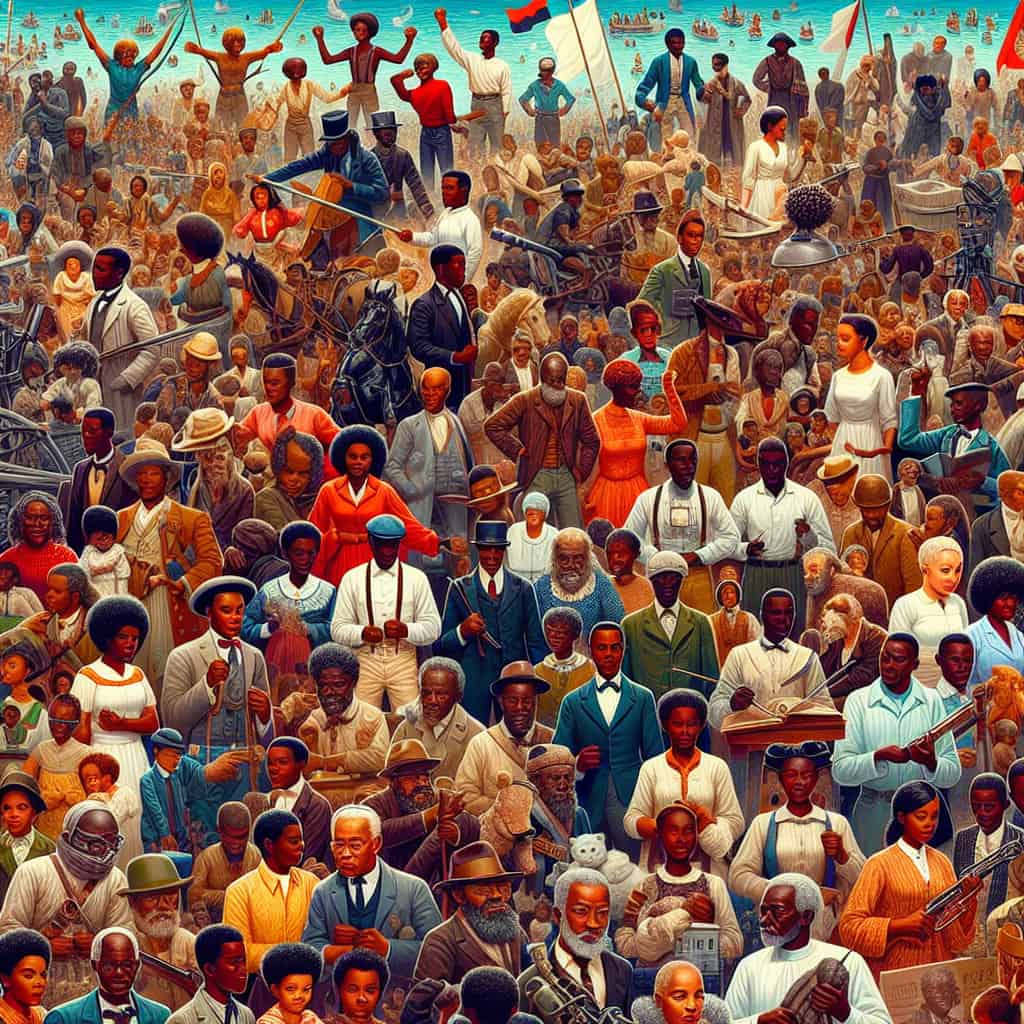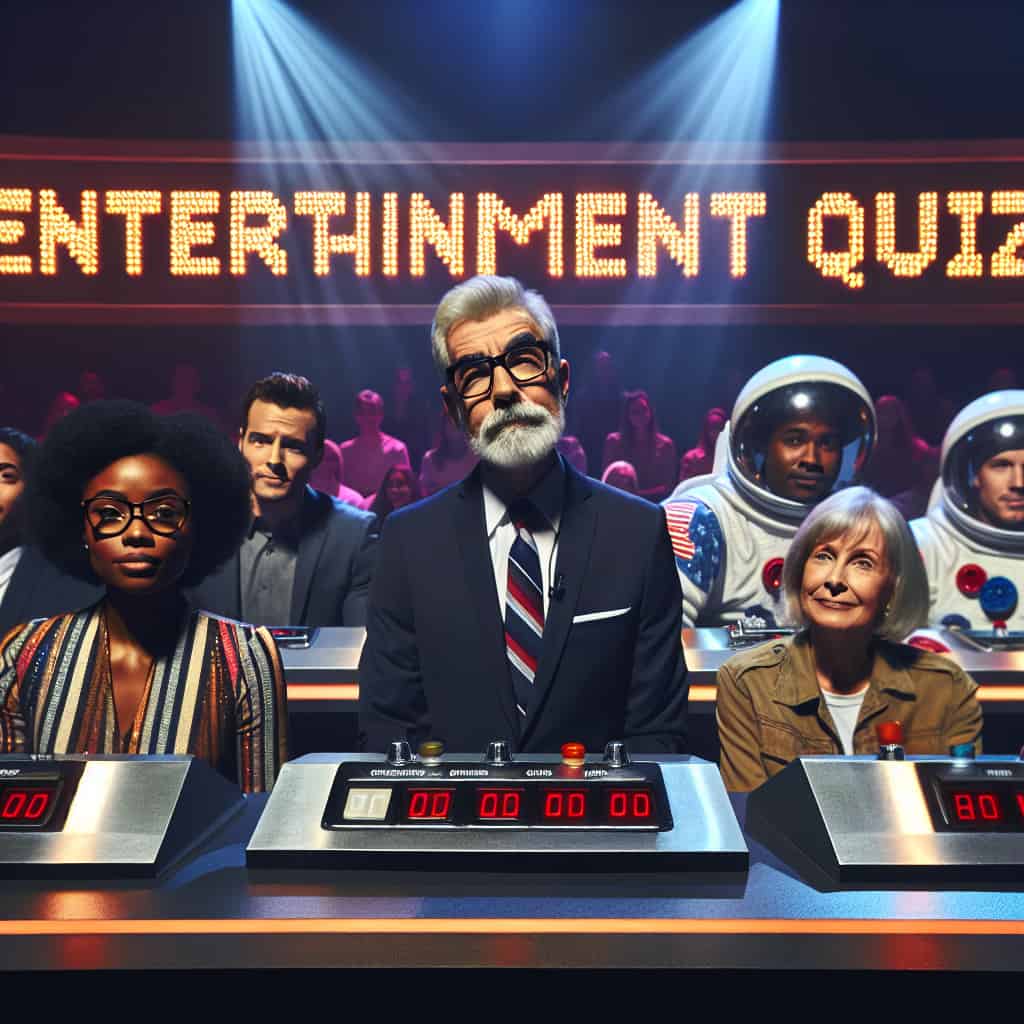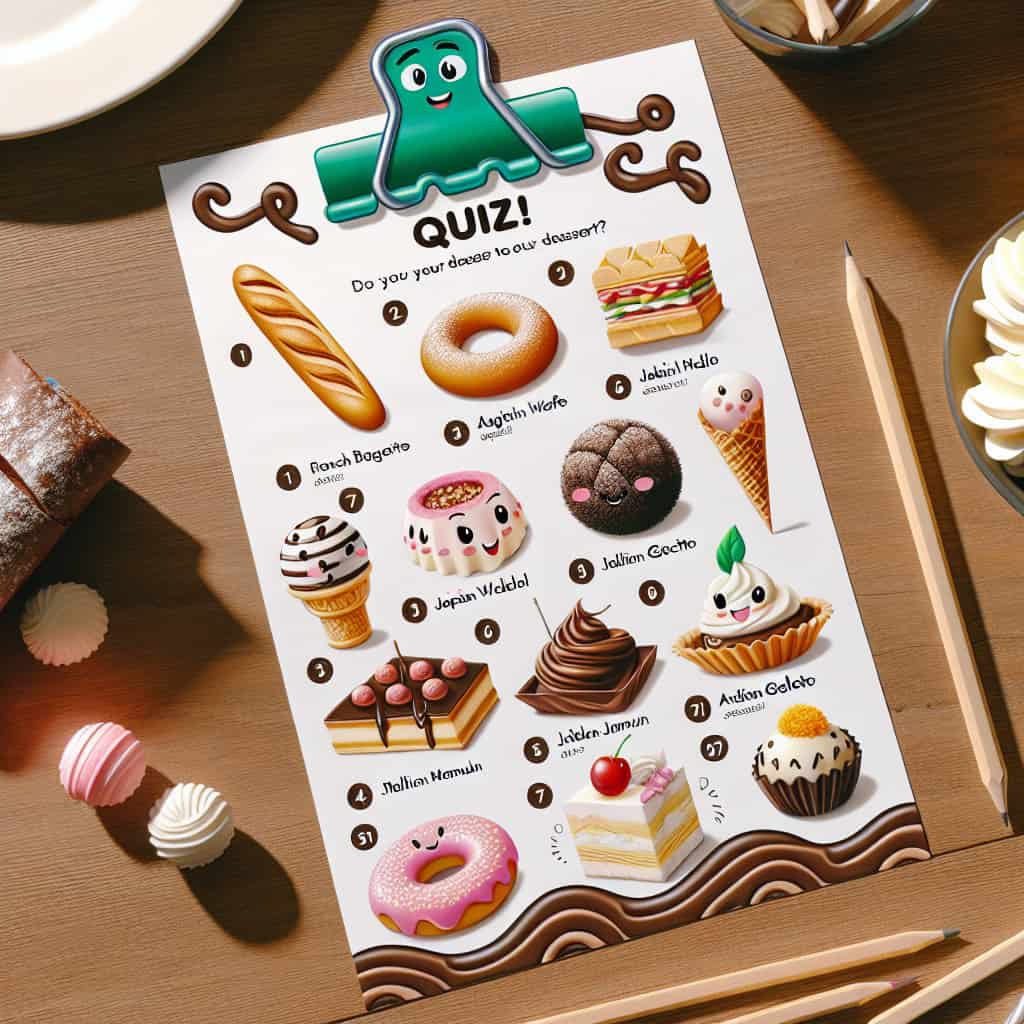**A Hilarious Journey Through the Periodic Table Quiz Universe**
Have you ever considered taking a *periodic table quiz* to test your knowledge? Well, buckle up! We’re about to embark on a marathon to explore how to create the ultimate quiz that’ll leave even the most seasoned chemist quaking in their lab coat. But first, let me tell you a little story.
Once upon a time, in a quiet corner of the internet, there was a young science enthusiast named Alex. Alex had an insatiable curiosity for the world around them and a particular fondness for chemistry. One fateful day, Alex stumbled upon the most fabulous periodic table quiz. It was a quiz like no other, filled with endless challenges, laughter, and elements (pun intended). Intrigued? Well, join me as we uncover the secrets behind designing the most entertaining and informational periodic table quizzes. And who knows, maybe you’ll become the next Alex!
**Elementary, My Dear Watson: Crafting the Perfect Periodic Table Quiz**
The best quizzes don’t just randomly throw questions at you; they offer a well-structured and engaging experience. Follow these guidelines to make your periodic table quiz the talk of the town:
1. **Start with a Bang**: An effective opener sets the tone for the entire quiz. Begin by crafting an eye-catching statement or question that’ll capture the audience’s attention from the get-go. For example, “Ready to prove you’re smarter than a 5th-grade chemist?” or “How well do you really know the elements?”
2. **Mix and Match**: A good periodic table quiz should cater to various difficulty levels and learning styles. Achieve this by incorporating a mix of question types, such as multiple-choice, fill-in-the-blanks, true or false, and even fun interactive matching-style questions.
3. **Keep ’em Guessing**: Make sure your quiz remains unpredictable by using a wide range of questions covering different aspects of the periodic table. Include questions about atomic numbers, element symbols, groups, and periods, as well as some lesser-known facts and trivia.
4. **Divide and Conquer**: Break your quiz into distinct sections focusing on specific topics, such as alkali metals, noble gases, or transition elements. This not only makes your quiz more organized, but it can also help users gauge their strengths and weaknesses better.
5. **Humor is the Best Element**: It’s essential to remember that quizzes should be enjoyable. Spice up your quiz with amusing images, gifs, puns, or witty remarks that’ll keep users engaged and entertained throughout.
**Reactions: Gauging User Engagement**
A great periodic table quiz goes beyond merely testing users’ knowledge – it should provide an unforgettable experience that leaves them wanting more. Here are some tips for keeping users captivated:
1. **Feedback Fiesta**: Offer instant feedback after each question to make your quiz interactive and provide users with valuable insights on their performance. Including fun remarks or jokes in the feedback can also add a touch of humor.
2. **Leaderboard Ladder**: An interactive leaderboard that showcases top scorers can foster a sense of competition and community among users. It encourages participants to improve their scores while showcasing their achievements.
3. **Social Sharing is Caring**: Enable users to share their quiz results and challenge their friends on social media platforms. This not only broadens the reach of your quiz but also fosters camaraderie among users.
4. **Time for Reflection**: At the end of the quiz, provide users with a thorough result analysis that highlights their strengths, areas for improvement, and overall score. Include fun badges or certificates as an added incentive.
**The Alchemy of Fun: Making Learning Entertaining**
Now that we’ve laid the groundwork for creating an engaging periodic table quiz, let’s look at how to make it truly unforgettable. Here are a few ideas to infuse some magic into your creation:
1. **Theme of Dreams**: Inject some pizzazz into your quiz by introducing an exciting theme. Periodic table superheroes, elements-inspired mythology, or a futuristic galactic adventure can add an extra layer of charm.
2. **Laughter Lab**: Who says learning can’t be hilarious? Create a “humorous elements” section within your quiz that incorporates clever puns, memes, and jokes about the periodic table.
3. **Personalize the Experience**: Customize the quiz based on user preferences. Allow users to choose their favorite element as an avatar or offer multiple quiz difficulty levels catering to different age groups and expertise.
4. **Elemental Mashup**: Merge chemistry with other subjects like history, geography, or pop culture to create a unique and immersive periodic table quiz experience.
**Conclusion: A Formula for Success**
Using these guidelines, you can confidently craft a whimsical and informative periodic table quiz that Alex would be proud of. Remember, the key ingredients to success include variety, interactivity, humor, and personalization. Keep experimenting and refining your quiz until it’s the perfect mixture of entertainment and education. Happy quizzing, fellow element hunters!
50 Trivia Quiz Questions Only A True Genius Can Answer
The Origin of the Elements
How to memorize the periodic table?
How to Memorize the Periodic Table?
Memorizing the periodic table can be a daunting task, but with the right strategies and techniques, it is possible! Here are some tips to make it easier for you in the context of a quiz:
1. Break it down into smaller sections: The periodic table has 7 periods and 18 groups, making it easier to learn by dividing it into smaller chunks. Focus on one section at a time before moving on to the next.
2. Use mnemonic devices: Mnemonic devices, such as using rhymes, acronyms, or phrases, can help you remember the elements in various groups or periods more efficiently.
3. Create flashcards: Write the element’s name on one side of a card and its symbol and other relevant information (e.g., atomic number) on the other side. Use these cards to test yourself regularly.
4. Visualize the Periodic Table: Studying a colorful, well-organized periodic table regularly will help you become more familiar with the layout and the position of the elements. This will make it easier for your brain to recall elements during a quiz.
5. Learn the patterns and trends: Understanding the patterns and trends within the periodic table will not only help you memorize it more effectively but also give you a deeper understanding of its structure. For example, knowing that elements in a group have similar chemical properties or that atomic size decreases across a period.
6. Practice, practice, practice: The key to memorizing the periodic table is repetition. Regularly using quizzes and tests to gauge your progress will help reinforce your learning and identify areas where you may need extra study.
Remember, mastering the periodic table takes time and dedication. By using these techniques and staying consistent with your practice, you’ll be well on your way to memorizing the periodic table and acing those quizzes!
What are the 118 elements in order?
In the context of a quiz, here are the 118 elements in order according to their atomic number:
1. Hydrogen
2. Helium
3. Lithium
4. Beryllium
5. Boron
6. Carbon
7. Nitrogen
8. Oxygen
9. Fluorine
10. Neon
11. Sodium
12. Magnesium
13. Aluminum
14. Silicon
15. Phosphorus
16. Sulfur
17. Chlorine
18. Argon
19. Potassium
20. Calcium
21. Scandium
22. Titanium
23. Vanadium
24. Chromium
25. Manganese
26. Iron
27. Cobalt
28. Nickel
29. Copper
30. Zinc
31. Gallium
32. Germanium
33. Arsenic
34. Selenium
35. Bromine
36. Krypton
37. Rubidium
38. Strontium
39. Yttrium
40. Zirconium
41. Niobium
42. Molybdenum
43. Technetium
44. Ruthenium
45. Rhodium
46. Palladium
47. Silver
48. Cadmium
49. Indium
50. Tin
51. Antimony
52. Tellurium
53. Iodine
54. Xenon
55. Cesium
56. Barium
* Lanthanides (57-71)
57. Lanthanum
58. Cerium
59. Praseodymium
60. Neodymium
61. Promethium
62. Samarium
63. Europium
64. Gadolinium
65. Terbium
66. Dysprosium
67. Holmium
68. Erbium
69. Thulium
70. Ytterbium
71. Lutetium
72. Hafnium
73. Tantalum
74. Tungsten
75. Rhenium
76. Osmium
77. Iridium
78. Platinum
79. Gold
80. Mercury
81. Thallium
82. Lead
83. Bismuth
84. Polonium
85. Astatine
86. Radon
87. Francium
88. Radium
* Actinides (89-103)
89. Actinium
90. Thorium
91. Protactinium
92. Uranium
93. Neptunium
94. Plutonium
95. Americium
96. Curium
97. Berkelium
98. Californium
99. Einsteinium
100. Fermium
101. Mendelevium
102. Nobelium
103. Lawrencium
104. Rutherfordium
105. Dubnium
106. Seaborgium
107. Bohrium
108. Hassium
109. Meitnerium
110. Darmstadtium
111. Roentgenium
112. Copernicium
113. Nihonium
114. Flerovium
115. Moscovium
116. Livermorium
117. Tennessine
118. Oganesson
This list provides a quick and handy reference for quiz enthusiasts to test their knowledge of the elements in the periodic table.
What is the coolest thing on the periodic table?
Question: What is the coolest thing on the periodic table?
Answer: The coolest thing on the periodic table is arguably element 115, or Moscovium. This superheavy, synthetic element has sparked intrigue due to its potential use in advanced propulsion systems for space travel and its possible connection to extraterrestrial technology.
How many periodic elements can you name?
In this quiz, we challenge you to identify as many periodic elements as you can! There are a total of 118 elements in the periodic table. Here are some examples:
1. Hydrogen (H)
2. Helium (He)
3. Lithium (Li)
4. Beryllium (Be)
5. Boron (B)
6. Carbon (C)
7. Nitrogen (N)
8. Oxygen (O)
9. Fluorine (F)
10. Neon (Ne)
Good luck in naming as many elements as possible!
What element is represented by the symbol ‘Na’ on the periodic table?
Element represented by the symbol ‘Na’ on the periodic table is Sodium.
Which element is known as a noble gas, has the atomic number 10, and is used to fill balloons?
The element known as a noble gas, has the atomic number 10, and is used to fill balloons is neon.
Who is the scientist credited with the development of the modern periodic table, arranging elements by atomic number?
The scientist credited with the development of the modern periodic table, arranging elements by atomic number, is Dmitri Mendeleev.



